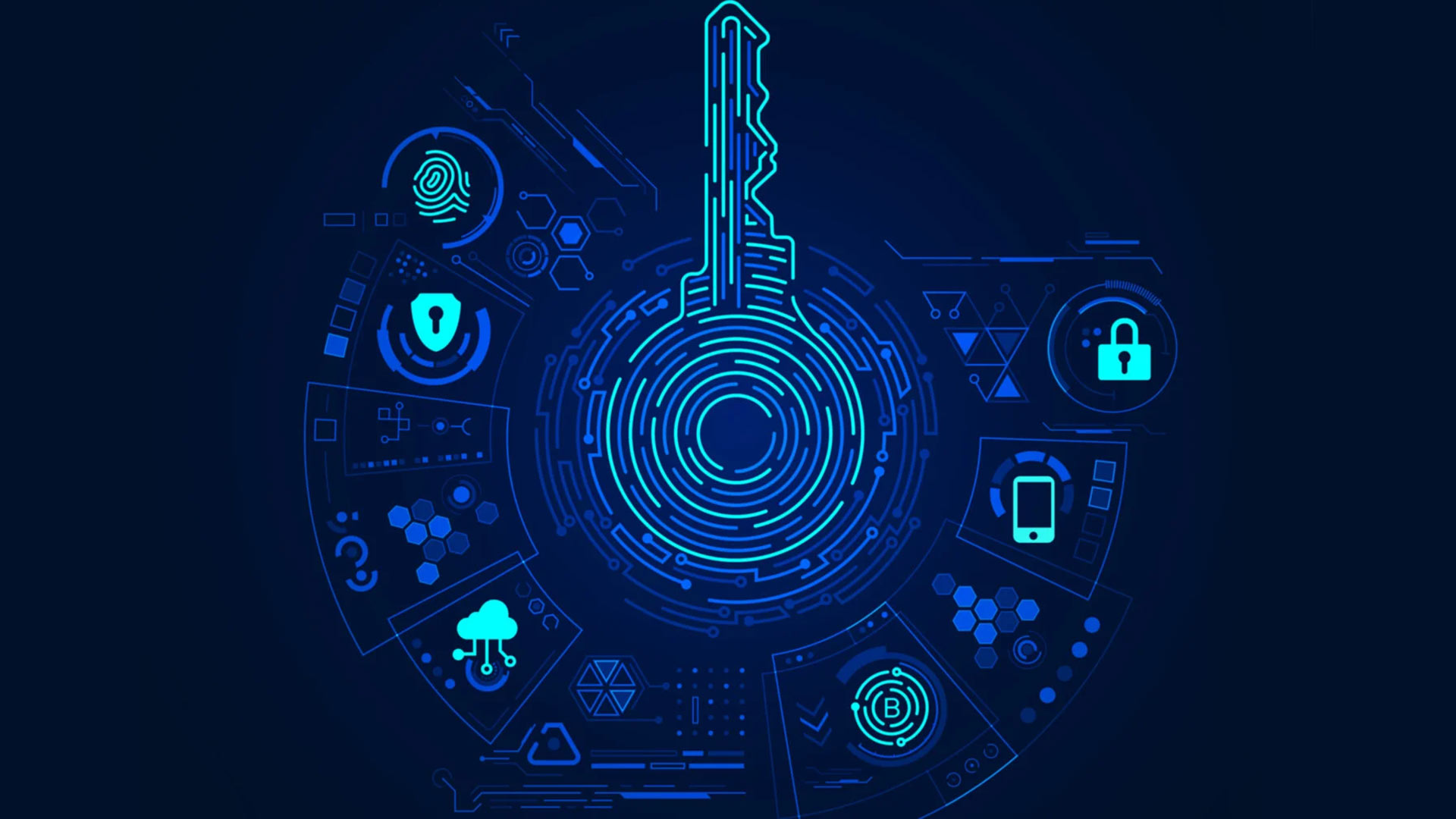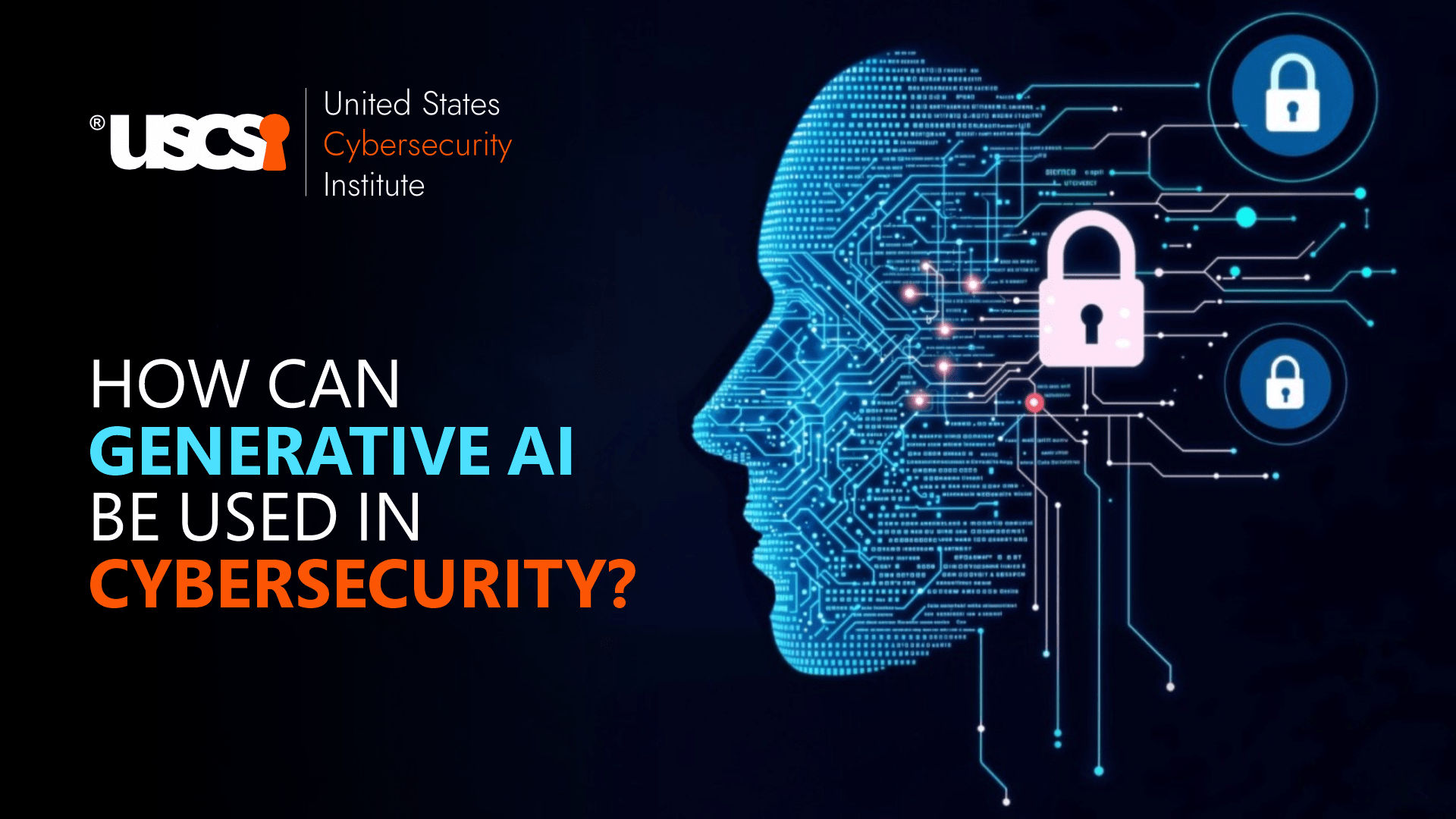

A Brief Guide on Cryptography Technology for Cybersecurity
Today everything we do, right from texting a beloved friend, to transacting on e-commerce apps, a lot of information is exchanged at an unprecedented pace. And undoubtedly, there is an absolute need for robust cybersecurity measures to protect the privacy and authenticity of the information shared across the globe.
Cyber threats loom large, posing significant risks to individuals, businesses, and governments alike. One of the foundational pillars of cybersecurity is cryptography techniques, a technology that plays a crucial role in securing sensitive data and communications. Now, 45% of organizations have comprehensive encryption protection as per TechBeacon 2023 report.
In this article, we will explore cryptography technology, its principles, types, applications, and why it is important for your cybersecurity career.
Understanding Cryptography
At its core, cryptography is the science of securing communication through the use of codes and ciphers. Its primary objective is to ensure confidentiality, integrity, and authenticity in the transmission of information. By encrypting data, cryptography converts plain, readable information into an unreadable format, making it challenging for unauthorized individuals to access or comprehend.
In layman’s language, cryptography includes encryption at the source and decryption at the target. Encryption refers to converting the original information into a secret message by altering the characters of the information using advanced mathematics, computer science, and engineering processes. The cryptographic algorithms also generate a key at the source that has to be used at the receiver’s end to unlock (decrypt) the secret message and make it readable. As per a report from Verizon, around 74% of financial and insurance attacks compromised personal details. With proper encryption, these data breaches could have been prevented, thus making it a necessary cybersecurity skill to possess.
Principles of Cryptography
Cryptography operates on the principles of encryption and decryption, transforming plaintext into unreadable ciphertext and vice versa. It relies on symmetric and asymmetric techniques, along with hash functions, to ensure secure communication, data integrity, and authentication.
- Encryption and Decryption:
- Encryption involves transforming plaintext data into ciphertext using a mathematical algorithm and a secret key.
- Decryption reverses this process, converting ciphertext back into plaintext using the same algorithm and a matching key.
- Symmetric and Asymmetric Cryptography:
- Symmetric cryptography uses a single key for both encryption and decryption. The challenge lies in securely sharing this key between the communicating parties.
- Asymmetric cryptography, on the other hand, employs a pair of public and private keys. Information encrypted with the public key can only be decrypted with the corresponding private key, enhancing security.
- Hash Functions:
- Hash functions generate fixed-size output (hash) from variable-size input. They are used to verify data integrity.
- A small change in the input data results in a significantly different hash, making it easy to detect alterations.
Types of Cryptography
Cryptography uses symmetric methods like AES and DES for shared-key encryption, as well as asymmetric methods such as RSA and ECC, utilizing public and private key pairs. Hash functions like SHA-256 and MD5 help in data integrity verification and unique identifier generation.
- Symmetric Cryptography:
- Examples include the Advanced Encryption Standard (AES) and Data Encryption Standard (DES).
- Suited for fast and efficient encryption of large volumes of data.
- Asymmetric Cryptography:
- Common algorithms include RSA (Rivest-Shamir-Adleman) and ECC (Elliptic Curve Cryptography).
- Ideal for secure key exchange and digital signatures.
- Hash Functions:
- Popular hash functions include SHA-256 (Secure Hash Algorithm 256-bit) and MD5 (Message Digest Algorithm 5).
- Used for data integrity verification and password storage.
Applications of Cryptography in Cybersecurity
Cryptographic algorithms are used in a variety of fields and have a wide range of applications to protect data across the web.
- Secure Communication
Cryptography ensures the confidentiality and integrity of data during transmission over networks. Secure Sockets Layer (SSL) and Transport Layer Security (TLS) protocols use cryptographic techniques to establish secure connections for online communication.
- Data Encryption
Encryption safeguards sensitive data stored on devices or in the cloud. File-level encryption, full-disk encryption, and end-to-end encryption are common techniques employed to protect information from unauthorized access.
- Authentication
Cryptography is integral to authentication processes, ensuring that users and systems are who they claim to be. Passwords, digital signatures, and multi-factor authentication rely on cryptographic principles to verify identities.
- Digital Signatures:
Digital signatures provide a way to authenticate the origin and integrity of digital messages or documents. By using asymmetric cryptography, a sender can sign a message with their private key, and the recipient can verify the signature using the sender's public key.
- Blockchain Technology:
Cryptography forms the backbone of blockchain, the decentralized and tamper-resistant ledger technology underlying cryptocurrencies like Bitcoin and Ethereum. Hash functions and digital signatures secure transactions, ensuring the integrity and authenticity of the distributed ledger.
Challenges and Future Trends
While cryptography plays an important role in cybersecurity, there are several challenges in its implementation as well. Quantum computing, with its potential to break traditional cryptographic algorithms, poses a great threat. Post-quantum cryptography research is underway to develop algorithms resistant to quantum attacks.
The future of cryptography also involves advancements in homomorphic encryption, which allows computations on encrypted data without decryption. This could revolutionize secure data processing, enabling privacy-preserving analytics in various domains.
Conclusion
The world of cybersecurity is evolving faster than ever, and cryptography stands as a perfect saviour providing a secure foundation for digital interactions. For all the students and professionals looking to excel in their cybersecurity careers, learning this cybersecurity skills is a must.
It is highly recommended that they enroll in the best cybersecurity certifications, master the cryptography technology, and prove their mettle in this domain.





